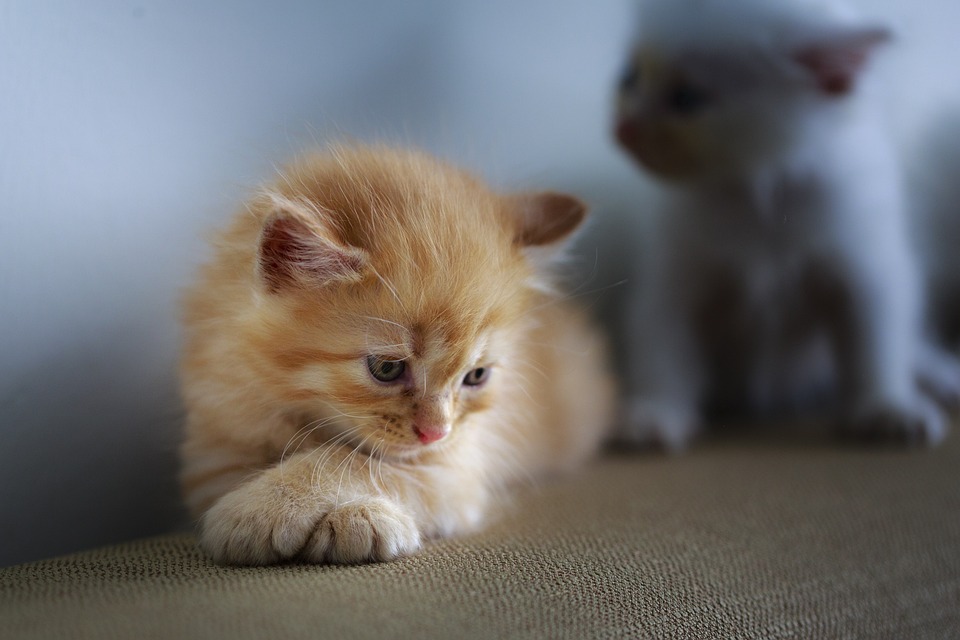Cats are fascinating creatures with unique behavior patterns, and one such behavior that often piques our curiosity is their chewing habit. Whether it’s nibbling on grass, chewing on toys, or even gnawing on furniture, cats seem to have an innate need to chew. But what exactly drives this behavior? In this article, we will delve into the science behind chewing in cats, exploring its benefits, mechanisms, and answering some frequently asked questions.
Chewing can play a crucial role in maintaining your cat’s dental health. By gnawing on objects, cats remove plaque and tartar buildup, promoting healthy gums and preventing dental diseases such as gingivitis. This natural cleaning mechanism helps keep their teeth in good condition and prevents the need for extensive dental treatments.
Chewing serves as a stress reliever for cats, helping them release pent-up energy and frustration. It can be particularly beneficial for indoor cats who may have limited opportunities to engage in other natural behaviors like hunting. Providing appropriate chew toys or objects can redirect their chewing behavior and provide them with a healthy outlet for their energy.
Chewing provides mental stimulation for cats, offering them an outlet for their natural instincts. Engaging in this behavior can help prevent boredom and keep your cat’s mind sharp. Interactive toys and puzzle feeders can be used to challenge your cat mentally and keep them entertained.
Kittens, in particular, may chew to alleviate discomfort during the teething process. Chewing also allows cats to explore their environment through taste and texture, helping them learn about their surroundings. Providing them with appropriate chew toys during this developmental stage can help them through this process.
Cats have specialized nerve endings in their mouths that allow them to detect and respond to different textures. Chewing activates these nerves, providing sensory input that cats find pleasurable. This sensation can be a rewarding and enjoyable experience for them, reinforcing their natural instinct to chew.
Chewing is an instinctual behavior deeply rooted in a cat’s evolutionary history. In the wild, cats would often chew on prey as a means to tear meat and break bones. This behavior has been passed down through generations and remains an inherent part of a cat’s behavior. Providing appropriate chew toys can help satisfy this instinctual drive.
Chewing helps cats clean their teeth naturally, as the abrasive action of gnawing on objects helps to remove debris and prevents the buildup of plaque and tartar. This helps maintain their oral health and prevents dental issues.
In conclusion, chewing is a natural and beneficial behavior for cats. It serves multiple purposes ranging from dental health maintenance to stress relief. By understanding the science behind chewing, cat owners can provide appropriate outlets for this behavior and ensure their feline companions lead happy and healthy lives. If you have concerns about your cat’s chewing habits, consult with a veterinarian for personalized guidance and advice.








